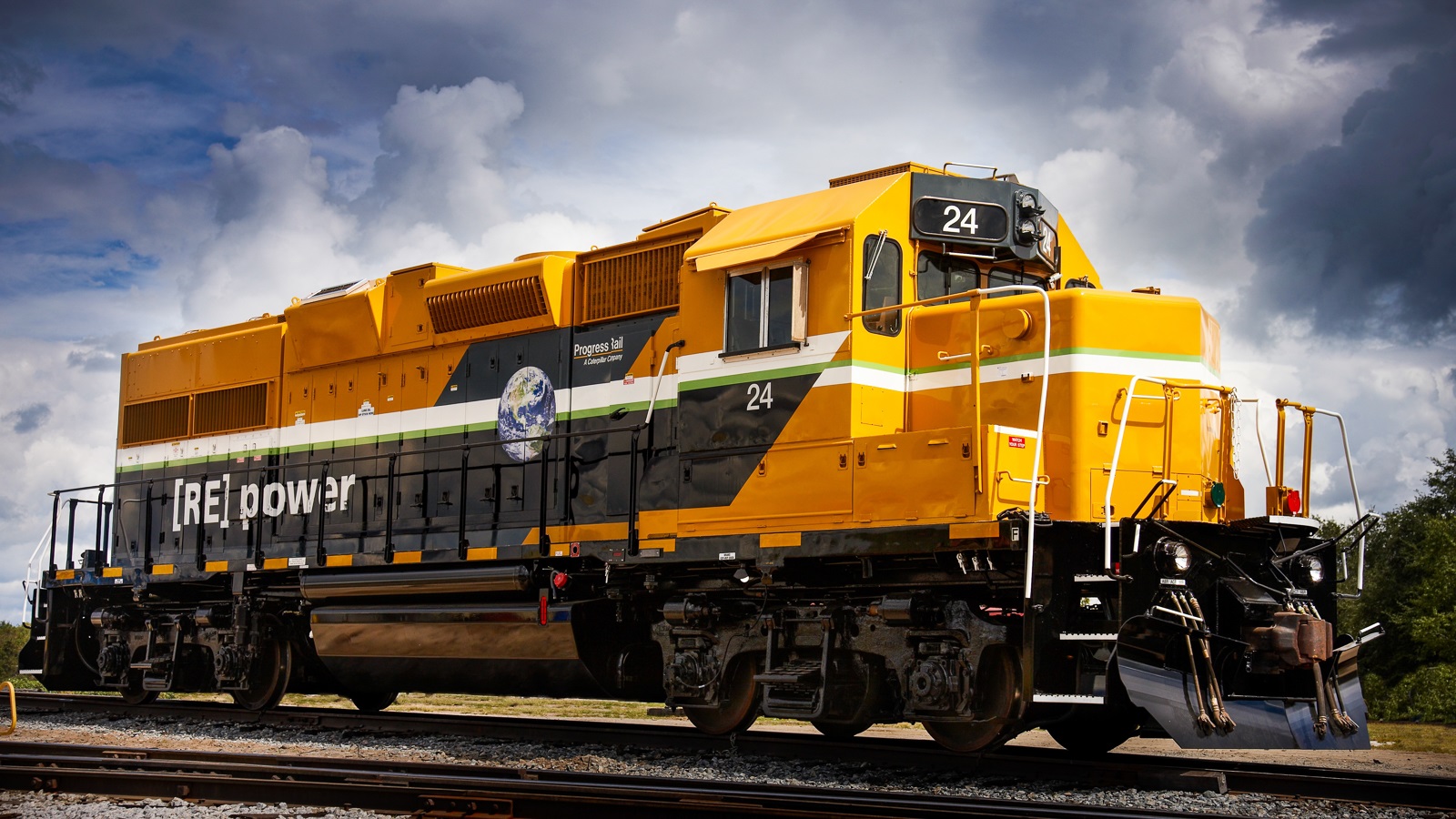Hydrous ethanol is a renewable alcohol-based biofuel which can serve as a dual fuel to help decarbonize locomotive engines.
Through partnership with Progress Rail, a Caterpillar company, Argonne researchers are developing a second fuel system that can be installed in existing locomotives to supply hydrous ethanol to engines.
Rail transportation ranks second in creating nitrogen oxides (NOx) emissions due to the use of older locomotives to move heavy cargo, according to a California Air Resources Board study of port areas and sources of emissions. Argonne’s approach of adding water to ethanol to create hydrous ethanol should reduce NOx emissions. Leaving water in the ethanol should reduce the energy required to make it and substituting ethanol for diesel fuel should reduce both cost and life cycle GHG emissions.
Like gasoline or diesel, ethanol releases carbon dioxide when it burns. However, crops used to produce ethanol, such as corn, also capture carbon dioxide through the crops’ natural process of converting sunlight into energy to grow. This means any carbon dioxide produced burning ethanol fuel is partially offset by the renewable process of growing the crops to produce ethanol fuel.
This dual fuel approach to cutting man-made greenhouse gas emissions has been successfully tested on heavy duty trucks in the past and is an important step to fighting climate change in both the marine and rail industries.
